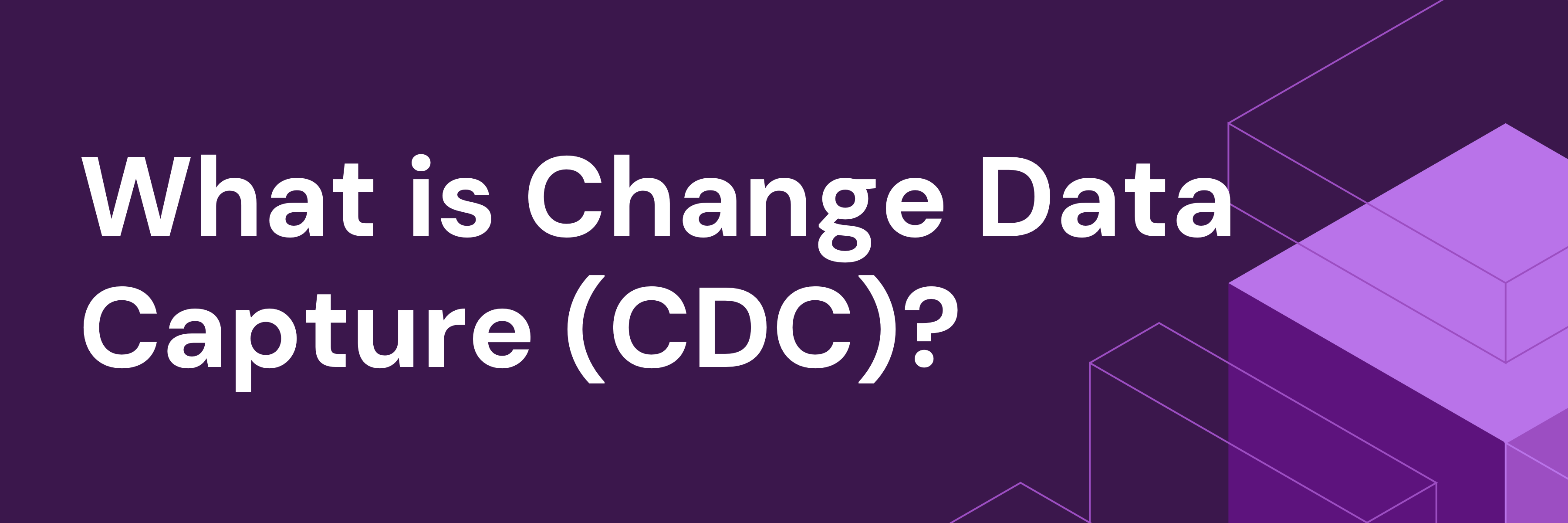
※このブログは2022年10月28日に公開された英語ブログ「The Next Revolution from On-Premises Databases to DBaaS」の拙訳です。
以前はデータベースがハードウェア上で実行される必要があることを当然のことと考えていました。しかし、この前提は最近大きく変化しており、今後も変化し続けるでしょう。次世代のデータベースエンジニアは、おそらくCPUやハードディスクなどのハードウェアに不慣れで、Amazon S3などのクラウドサービスに依存することになるでしょう。
この変化は、サービスプロバイダーがクラウドにデータベースをインストール、構成、保守する新しいデータベースソリューションであるサービスとしてのデータベース (DBaaS) によってもたらされます。サービスを利用したい企業はそれらのサービスに加入します。”オンプレミス”にデータベースを持たないため、大規模なハードウェアやソフトウェアへの投資やソリューションの拡張について心配する必要がありません。ビジネスニーズに基づいて使用するサービスの量を増減でき、詳細はサービスプロバイダーが処理します。何よりも会社のスタッフはデータベースの保守ではなく、より優先度の高いタスクに集中できます。この記事では、ほとんどの企業にとってDBaaSの導入が必須である理由について説明します。また、将来的にDBaaSが従来のオンプレミスデータベースに置き換わると考える理由についても共有します。
DBaaSが未来である理由
データベース技術もデータベース業界全体のビジネスモデルも大きな変革期にあります。技術面でいうと、データベース開発はスタンドアロンアーキテクチャからクラウドネイティブへの進化です。以下の図に示すように、企業は当初スタンドアロンテクノロジーを備えたオンプレミスデータベースを持っていました。その後、”シェアードナッシング”アーキテクチャが出現し始め、分散型NoSQLまたはNewSQLデータベースの基礎を築きました。現在、クラウドネイティブデータベースへの新たな移行が行われています。技術の進化に伴い、ビジネスモデルも変化します。従来のデータベースベンダーは、オンプレミス展開用のライセンスを販売していました。しかし、ビジネスを拡大しようとするとこれがボトルネックになります。Database as a Serviceを使用すると、ユーザーは柔軟にフルマネージドサービスに加入できるようになり、データベースベンダーも同様にビジネスを簡単に拡大できます。

データベースの進化
成功したDBaaSプロバイダーの最良の例はMongoDBです。その市場価値は毎年2倍になり、現在では300億ドルを超えています。同社のDBaaS製品であるMongoDB Atlasは、毎年100%を超える年平均成長率を維持しています。これは、競合他社も含めた企業がDBaaSを導入している熱意を示しています。だからこそクラウドサービスが重要なのです。
DBaaSの利点
DBからDBaaSへのトレンドから、オンプレミスデータベースからDBaaSへの移行が業界の方向であると結論付けるのは難しくありません。地理的な制限を打ち破り、ユーザーに無制限のコンピューティングリソースを提供できるのはクラウドサービスだけです。DBaaSによってもたらされる利点は、テクノロジーとビジネスの両方の意味で最も重要です。ここでは技術面からのメリットを見ていきます。
分離アーキテクチャによるコスト削減
コスト削減はクラウドネイティブテクノロジーの最終目標です。オープンソースの分散データベースであるTiDBを例に考えてみましょう。以下の図の左側に示すように、TiDBがクラウドにデプロイされる前は、コンピューティング層とストレージ層の両方にコプロセッシングエンジンがあったため、コンピューティング層とストレージ層の境界があいまいになり、さまざまなワークロードのシナリオを処理することが困難になりました。ストレージ容量を増やしたい場合は、ストレージノードの数を増やす必要がありました。しかし、これにより問題が発生しました。ハードウェアの制限により、CPUとインターネット帯域幅を同時に増やす必要もあります。これでは資源が無駄になってしまいます。

TiDBがクラウドにデプロイされた後のアーキテクチャの変更
図の右側に示すように、TiDBをクラウドにデプロイした後すべてが改善されました。ブロックストレージサービスであるAmazon Elastic Block Store (EBS) の最新のgp3ボリュームは、同じコストで同じ入出力操作/秒 (IOPS) で異なるコンピューター上で実行できます。したがって、TiDBがEBS上にデプロイされれば、コンピューティングとストレージの間の境界を下方に移動できます。TiDBノードとTiKVノードはコンピューティングワークロードを柔軟に処理できます。
クラウドはより多くのコンピューティングリソースを節約できます。CPUはクラウド上で最も高価なリソースであり、そのボトルネックは容量ではなくコンピューティングです。クラウド上のデータベースを使用すると、共有リソースプールに基づいてクラスタとスポットインスタンスを最適化し、オンデマンドでストレージサービスを選択し、さまざまなシナリオに合わせてさまざまなAmazon EC2インスタンスの組み合わせを提供することができます。サーバーレスで柔軟なコンピューティングリソースも可能です。
クラウド上にデータベースを展開すると、ストレージ、ネットワーク、メモリ、さらにはCPUキャッシュの間でリソースをより適切に分離することもできます。これはさまざまなソフトウェアプログラム、特に分散型ソフトウェアプログラムはさまざまなハードウェアリソースを必要とし、さまざまなビジネスで使用されているためです。クラウドを使用すると、オンデマンドでリソースを選択して組み合わせることができ、コストをさらに削減できます。
データの安全性
データの安全性もDBaaSにおいて重要な利点です。DBaaSユーザーは独自のVirtual Private Cloud (VPC) アカウントを使用してクラウド上のビジネスにアクセスできますが、データベースプロバイダーはそのデータにアクセスできません。
クラウド上のセキュリティシステムは、クラウド外のセキュリティシステムとはまったく異なり、より複雑です。たとえばオンプレミスデータベースを構築する場合、データベース内のロールベースのアクセス制御 (RBAC) のアクセス許可のみを考慮する必要があります。しかし、クラウドでは状況が複雑になります。データの安全性を保証するために、ネットワークからストレージまでのデータフローのすべての層を含むセキュリティシステムの完全なセットが構築されています。
自動運用とメンテナンス
オンプレミスのデータベースプロバイダーにとって最も悩ましい問題の1つは、提供プロセス中の運用とメンテナンスに多大な労力を要することです。場合によっては、プロバイダーは提供中に1人の顧客をサポートするために20人以上のスタッフを派遣しなければならないことがあります。これは長期的には持続不可能です。DBaaSは自動運用とメンテナンスを実現し、簡単なサポートと少ない人数の提供チームでビジネスをスケールアップすることを可能にします。
まとめ
私はDBaaSがデータベースの未来であると心から信じています。コスト効率が高く、データが安全で、規則に準拠しており、自動運用とメンテナンスが可能です。私たち全員がすぐにどこでも、どんな規模でもDBaaSを楽しみ、評価できるようになることを願っています。
Try TiDB Cloud Free Now!
Get the power of a cloud-native, distributed SQL database built for real-time
analytics in a fully managed service.
Keep reading:
データベースのディザスタリカバリ:長年にわたる進化
The Next Generation Database
HTAPへの技術的道筋:GreenplumとTiDBの例
編集者:Fendy Feng, Calvin Weng, Tom Dewan
TiDB Cloud Dedicated
TiDB Cloudのエンタープライズ版。
専用VPC上に構築された専有DBaaSでAWSとGoogle Cloudで利用可能。
TiDB Cloud Starter
TiDB Cloudのライト版。
TiDBの機能をフルマネージド環境で使用でき無料かつお客様の裁量で利用開始。



